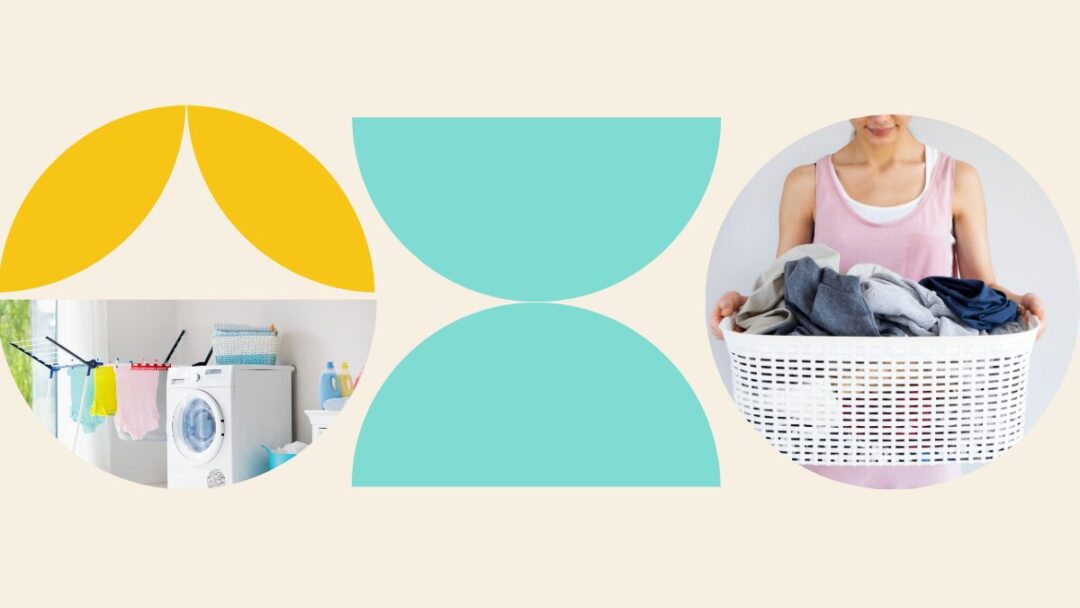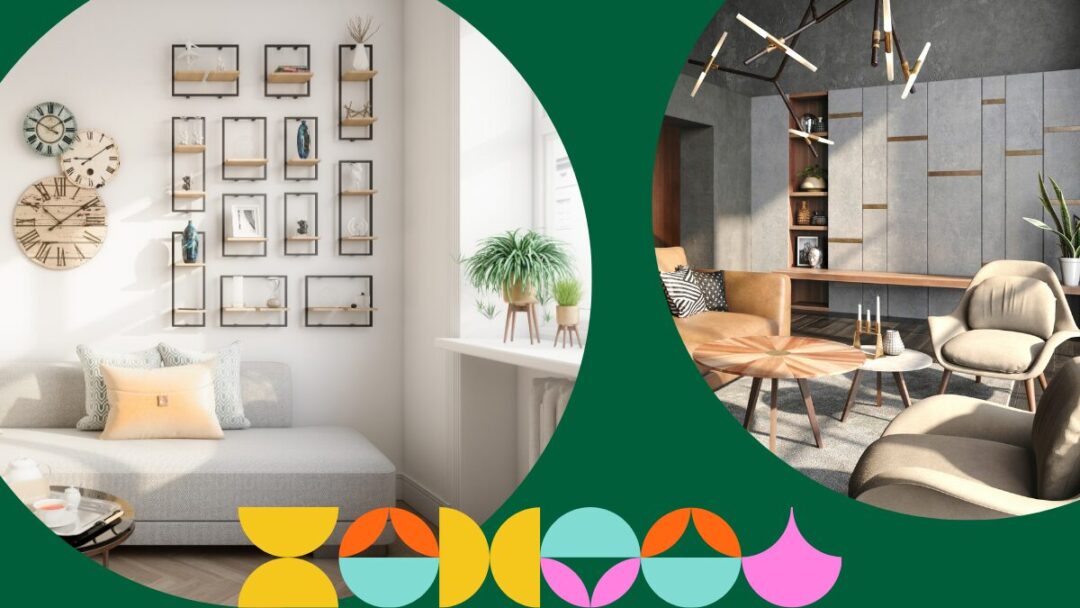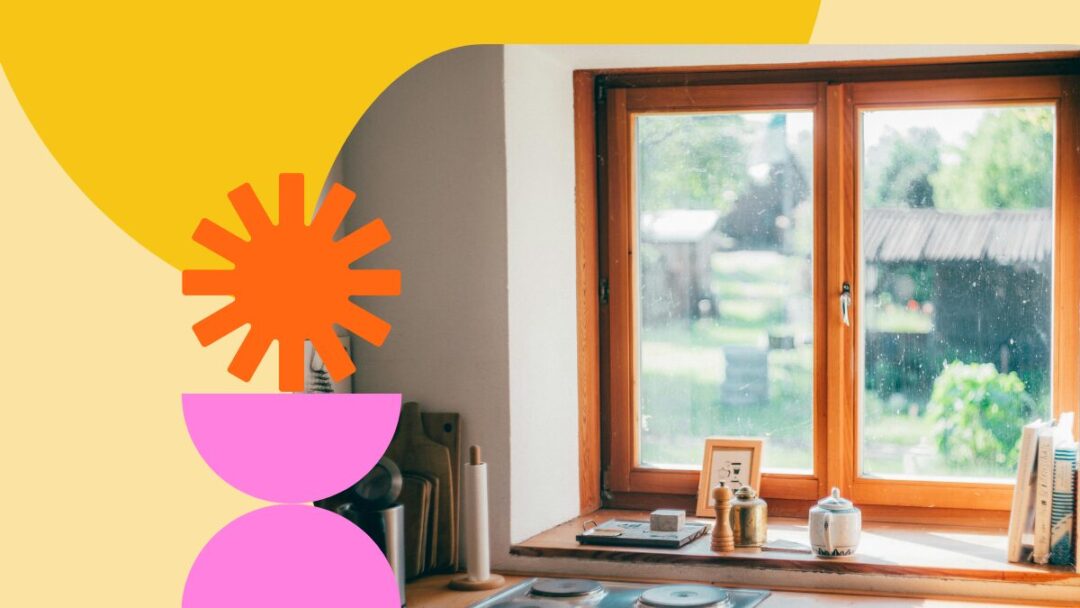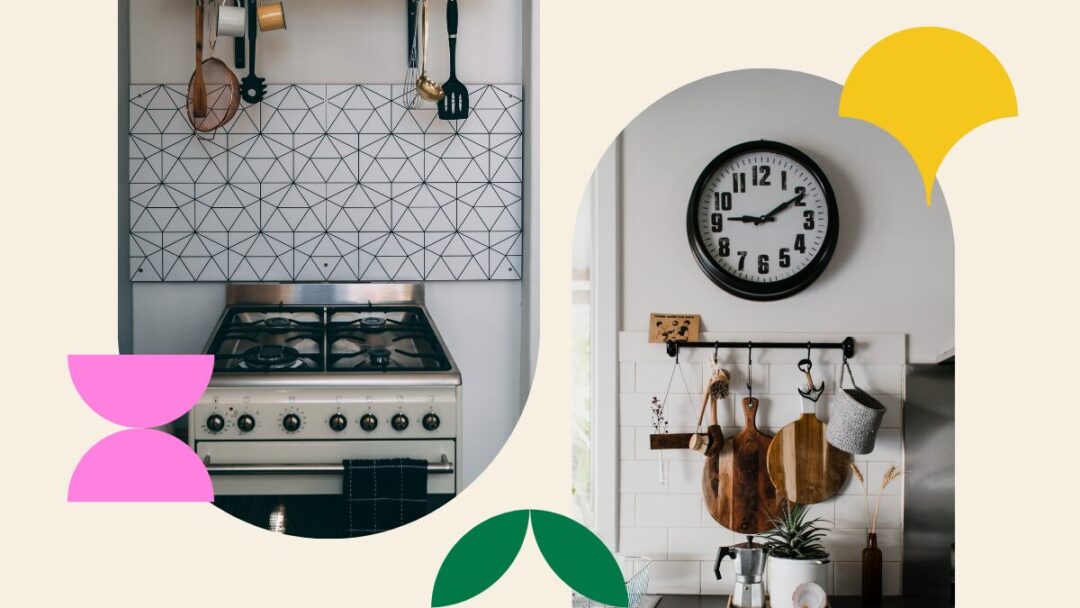If you’ve arrived at this post, chances are your home is in dire need of decluttering. You could be feeling overwhelmed by even the thought of it, so here’s a quick motivating reason why decluttering your home is a good idea. Not only will a tidy and organised space bring a sense of calm and order to your life, but it will also improve your productivity and mental well-being. So, where do you begin?
We’ve put together a step-by-step guide in which we’ll take you through the process of decluttering your home, to help you achieve a clutter-free and calm space. This guide is designed to provide you with practical organising and cleaning tips to restore that comfortable feeling you love about your home.
Practical Steps for Decluttering Your Home
One minute you’re living in a well-organised, spaciously tidy place, and the next, you’re drowning in unnecessary items, all forming large waves of clutter. Unfortunately, because our lives are so busy, we often don’t notice the small, daily changes until it turns into a big mess. Keep reading to discover how you can put the following decluttering steps into practice:
- Create a Plan
- Sort Through Your Belongings
- Declutter Your Space
- Maintain a Clutter-Free Home
1. Create a Plan
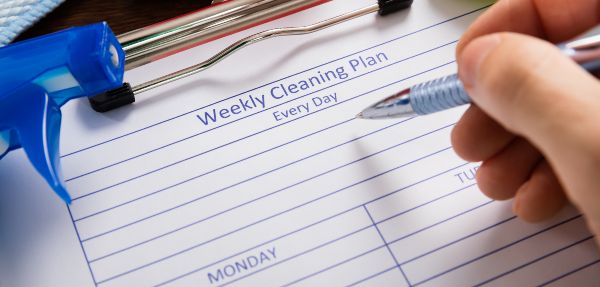
Having a plan in place is much more beneficial than starting without any thought process behind it. You’ll save yourself a lot of time and frustration by sitting down and putting pen to paper to create a detailed schedule. Here are 4 tips to keep in mind when planning:
- Start small – Your plan should focus on one room or category at a time so that you remain focused and don’t get overwhelmed. You could even break each room up into smaller sections if need be.
- Set a timeline – Give yourself a deadline goal to avoid procrastinating. Instead of trying to fit it in with other daily activities, try replacing some time on social media or watching your favourite show with time spent decluttering. Much like working or studying, the entire process will work best if breaks are taken in between.
- Prioritise – Decide which areas are most important and should therefore be done first, and which can wait. This may also depend on visitors coming over for a get-together or extended stay.
- Use a project management tool – If your phone’s notes section isn’t enough, try a project management tool like Trello or Click Up. These will be super helpful.
2. Sort Through Your Belongings
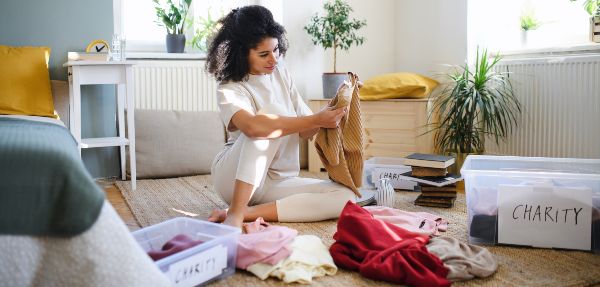
This might be the most difficult step in terms of decision-making, but it’s crucial to identify which items are essential and which are no longer needed. The psychological benefits it will have are extremely beneficial, such as reducing stress and creating a sense of control over your environment. Use the following tips when sorting through your belongings:
- Sort by category or room: Work according to the plan you’ve created and sort by category or room. The former will help you identify how much you have of each item in your whole house much easier, whereas the latter will save you time from having to walk back and forth.
- Use the “one-year rule”: While sorting, consider whether you have used or worn an item in the past year. If not, this might be a good time to let it go.
- Sort into categories: Get three boxes and label them keep, donate and throw away. Take these with you as you go along to make the sorting process easier.
3. Declutter and Organise

Once you’ve sorted through your belongings, put everything in an organised, easy-to-find place to keep your home clutter-free in the long term. Without organisation, you may find yourself back in the same cluttered and frustrated state before you know it. This will also help you save time, maximise space, reduce stress, and promote efficiency in your everyday life. Here are 6 useful tools to add to your organising arsenal and the items they are best used for:
- Storage containers – clothing, shoes, and accessories.
- Shelving units – books, decorative items, and kitchenware.
- Drawer organisers – socks, underwear, and office supplies.
- Hanging organisers – jewellery, scarves, and hats.
- File folders – bills, receipts, and important documents.
- Hooks – coats, bags, and towels.
4. Maintain a Clutter-Free Home
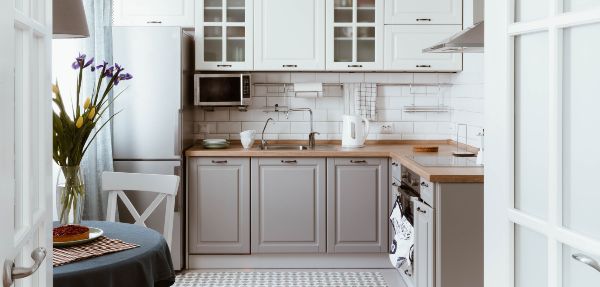
Once you’ve managed to get everything in a designated space, the goal should be to keep it that way. This is where a strong sense of mindfulness comes into play, for both home and office organisation, in fact. If you aren’t cognizant of where you’re placing newly-acquired items, or where you’re putting trash, it has the potential to quickly build up into a disorganised mess. Use the pointers below to maintain a clutter-free home going forward:
- Have a designated place for everything and be disciplined enough to put things back where they belong, instead of the place that’s most convenient at the time.
- Create a daily or weekly cleaning and organising routine so that you nip any clutter in the bud before it grows. If you can, try hiring a SweepStar on a recurring basis to experience the benefits of professional cleaning services.
- Think carefully before buying new items and goods. Oftentimes the look of it clouds your thoughts about where to store it.
- Donate or sell items regularly instead of leaving them to gather dust.
Conclusion
Once you’ve gone through the step-by-step guide above for decluttering, you’ll hardly recognise your home. Remember, the goal is to keep it that way, so keep in mind that it’s an ongoing process that requires commitment and effort.
Before you begin to feel overwhelmed by even the thought of it all, remember that you can book a SweepSouth cleaning service to make the process much easier. Whether it’s for decluttering, organising, or cleaning, SweepStars are available 365 days a year with an eager attitude and expert helping hands.



